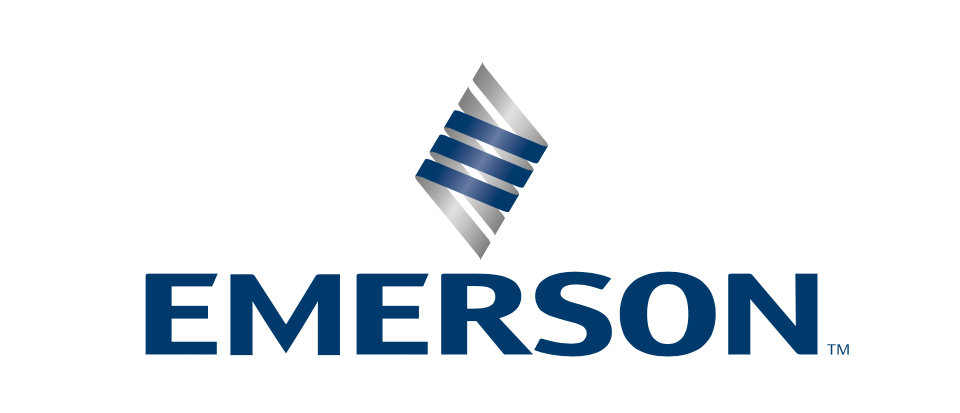It’s that time of the year again; no, not taxes, EPAP. Are you ready? Do you have a method  or a process in place? Although there are many steps involved, the following will give you a glimpse of what an effective EPAP process looks like.
or a process in place? Although there are many steps involved, the following will give you a glimpse of what an effective EPAP process looks like.
1. Have a preliminary review of all the facilities that were active during the EPAP period.
2. Do a risk analysis and determine a sample size to use. This includes examining complexity of each facility, Petrinex Infrastructure and Volumetric Information, CAR anomalies, etc.
3. Prepare a detailed audit questionnaire for all Petrinex facilities that you plan to conduct your audits. Have a separate questionnaire for field audits and Production Accounting. Zedi uses 34 areas for Field Audits and 21 for Production Accounting. The aforementioned questions are used to assess the effectiveness of controls in place.
- Examples of items on the field audit would be asking for the complete listing of all meters at a facility with their calibration and proving dates, another one would be to ask for a copy of the SOP (Standard Operating Procedures) for testing certain wells at a prorated facility.
- Examples of items on the Production Accounting audit would be asking for truck tickets for a certain disposition and comparing the numbers against FDC and Petrinex numbers. Reviewing Petrinex Infrastructure and volumetric data for a certain facility and comparing against the schematics for that facility, paying special attention to delineation and measurement points.
5. Decide who should be involved for the EPAP audits, schedule meetings and send list of things that you require from them as a part of your EPAP audit back-up.

6. Conduct all audits, document findings and recommendations; create process flow diagrams for each theme. Usually the EPAP Report would be a 40 page document with tables, illustrations of anomalies and detailed recommendations that can easily be used as action/remediation plan should your ART member/EPAP raise a Workflow asking to show a remediation plan and progress for a repeated deficient theme or an issue that has been raised in a previous year’s EPAP audit or as a result of a CAR anomaly that has been going on for several consecutive months, etc.
7. Present your findings to the declaring officers and any other stakeholder who would want to attend the meeting.
8. Follow-up plan - remediation, creation of workflows, etc.
9. Input all data in Petrinex manually or via batch upload(s).
10. Submit your EPAP.


